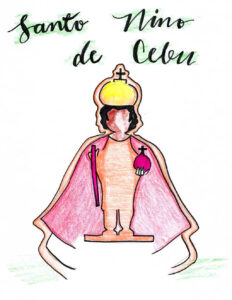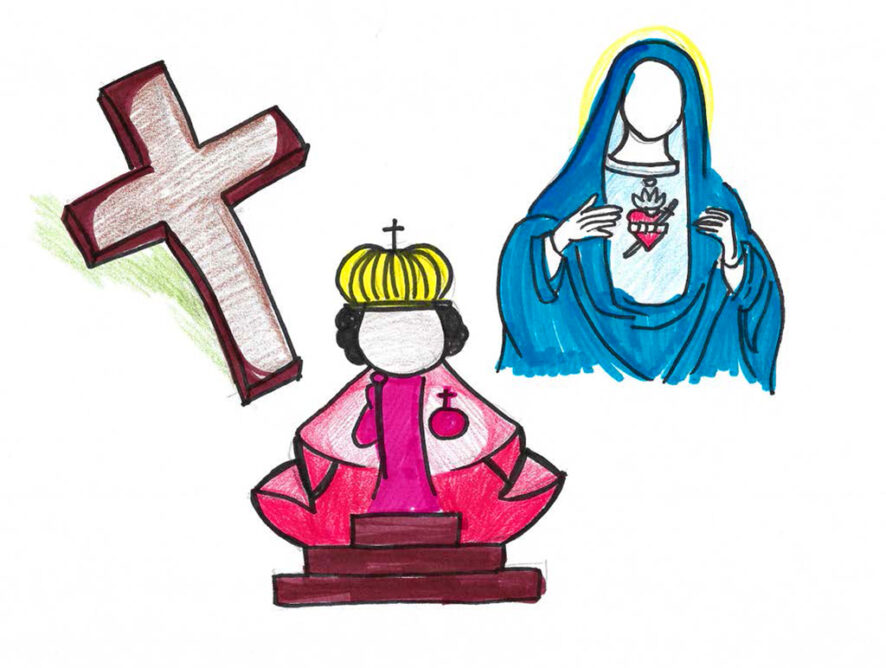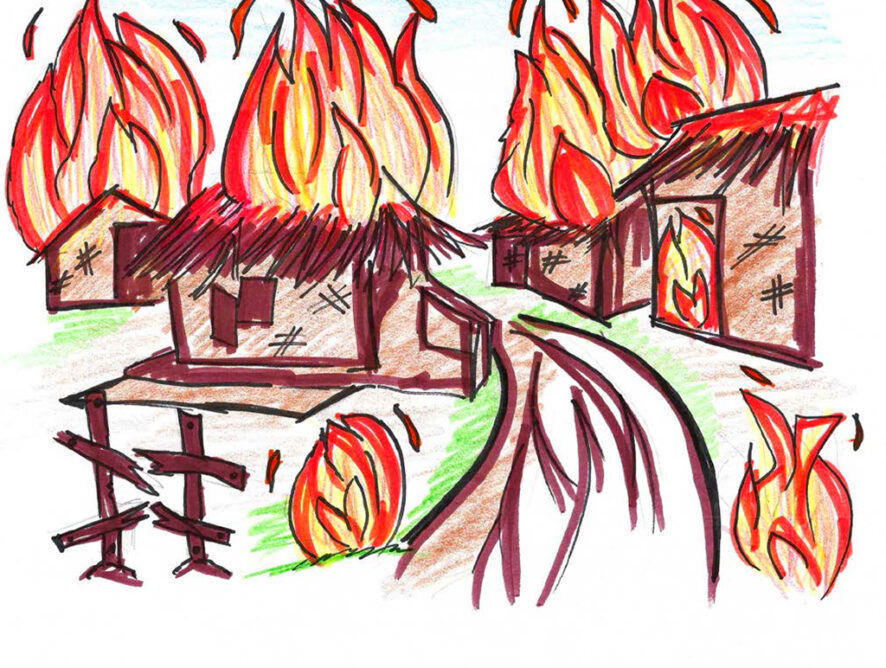 On September 20, 1519, a fleet of five galleons commanded by Portuguese navigator Ferdinand Magellan at the service of the king and queen of Spain set sail from San Lucar de Barrameda to search for the Spice Islands. They did not find these islands. Instead, they landed in Limasawa, a small island south of Leyte in the central part of the Philippines. Magellan took possession of the islands which would later be named after King Philip II of Spain.
On September 20, 1519, a fleet of five galleons commanded by Portuguese navigator Ferdinand Magellan at the service of the king and queen of Spain set sail from San Lucar de Barrameda to search for the Spice Islands. They did not find these islands. Instead, they landed in Limasawa, a small island south of Leyte in the central part of the Philippines. Magellan took possession of the islands which would later be named after King Philip II of Spain.
Magellan’s expedition headed for Cebu and found the island very hospitable. He made Cebu the base of his exploration, Christianization and conquests. King Humabon and Queen Juana of Cebu gave him a warm reception and embraced Christianity as well. In gratitude for their hospitality, Magellan agreed to join forces with king Humabon, who was at war with a neighboring tribe on Mactan island. Magellan was killed in the battle and his men returned to Spain. Their expedition set a record as the first one to circumnavigate the globe.
Spain sent another expedition to the Far East Region. Because of the Cebuanos’ suspicion that the Spaniards had returned to seek retribution for Magellan’s death, another battle broke out. However, the Spaniards’ heavy artillery and cannons forced the natives to flee to the mountains, leaving behind their villages which were burned to the ground. As Spanish soldiers surveyed the debris of the village, a soldier found the unscathed image of the Child Jesus in a wooden box under a pile of ashes.
Magellan’s memoir writer and companion during the expedition, Antonio Pigafetta, detailed the origin of Santo Nino in his journal: “On the day Queen Juana was baptized by Father Pedro Valderama, chaplain of that expedition, Pigaffeta himself presented her with the Image.”
The same Image now lies in the Basilica del Santo Nino and is a favorite destination for millions of pilgrims each year. For four and a half centuries, the Image of Santo Nino continues to make wonders in the lives of many Filipinos. On the third Sunday of each year in Cebu, millions flock to the streets for a colorful festival honoring the Santo Nino and placing the Island and the entire Philippines under His Patronage.
During the last World War, a bomb fell inside the Church but the Image was recovered unscathed. It was one of the numerous miracles and powers attributed to the Holy Image.
In 1965, the historic Santo Nino Church was renovated for the observance of the Fourth Centenary of the Christianization of the Philippines held in Cebu City. It was during the centennial celebration that the Sacred Congregation of Rites elevated the Santo Nino Church to the rank of Basilica Minore with all the rights and privileges accorded to such title.
http://www.santoninodecebu.org/history.html







